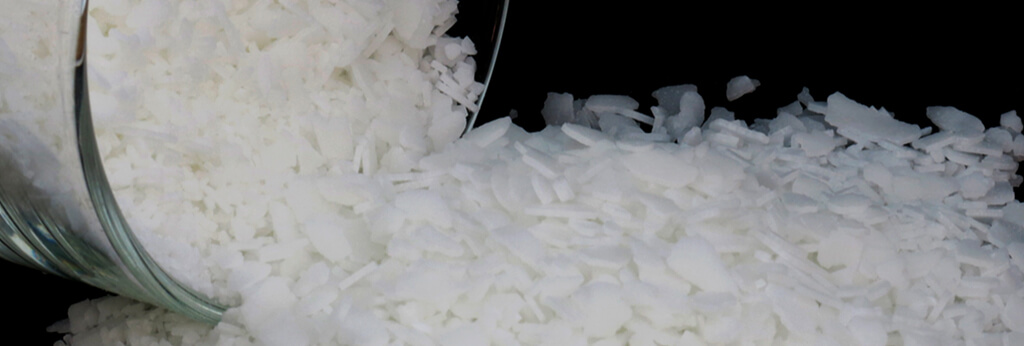
Stearic acid is a type of saturated fatty acid with an 18-carbon chain, which has less cholesterol than other saturated fatty acids. Therefore, stearic acid is less harmful to human health than other saturated fatty acids. Stearic acid is obtained by adding acid to animal fat with water under high pressure and temperature, which leads to the hydrolysis of triglycerides. Stearic acid can also be produced by hydrogenating some unsaturated vegetable oils. Typically, stearic acid is actually a combination of stearic acid and palmitic acid, although pure stearic acid can also be available.
Characteristics
| Molecular mass | 284.48 g/mol |
| Boiling point | 361 °C |
| Melting point | 69.6 °C |
| Appearance | White solid |
Packing
Stearic acid is supplied in 25 kg polyethylene bags.
Application
- Food industries
- Production of cosmetics and hygiene products
- Pharmaceutical industries
- Rubber industries
- Production of lubricants
- Agricultural industry
- Textile industries
Other Names
- octadecanoic acid
Chemical Formula
C18H36O2
